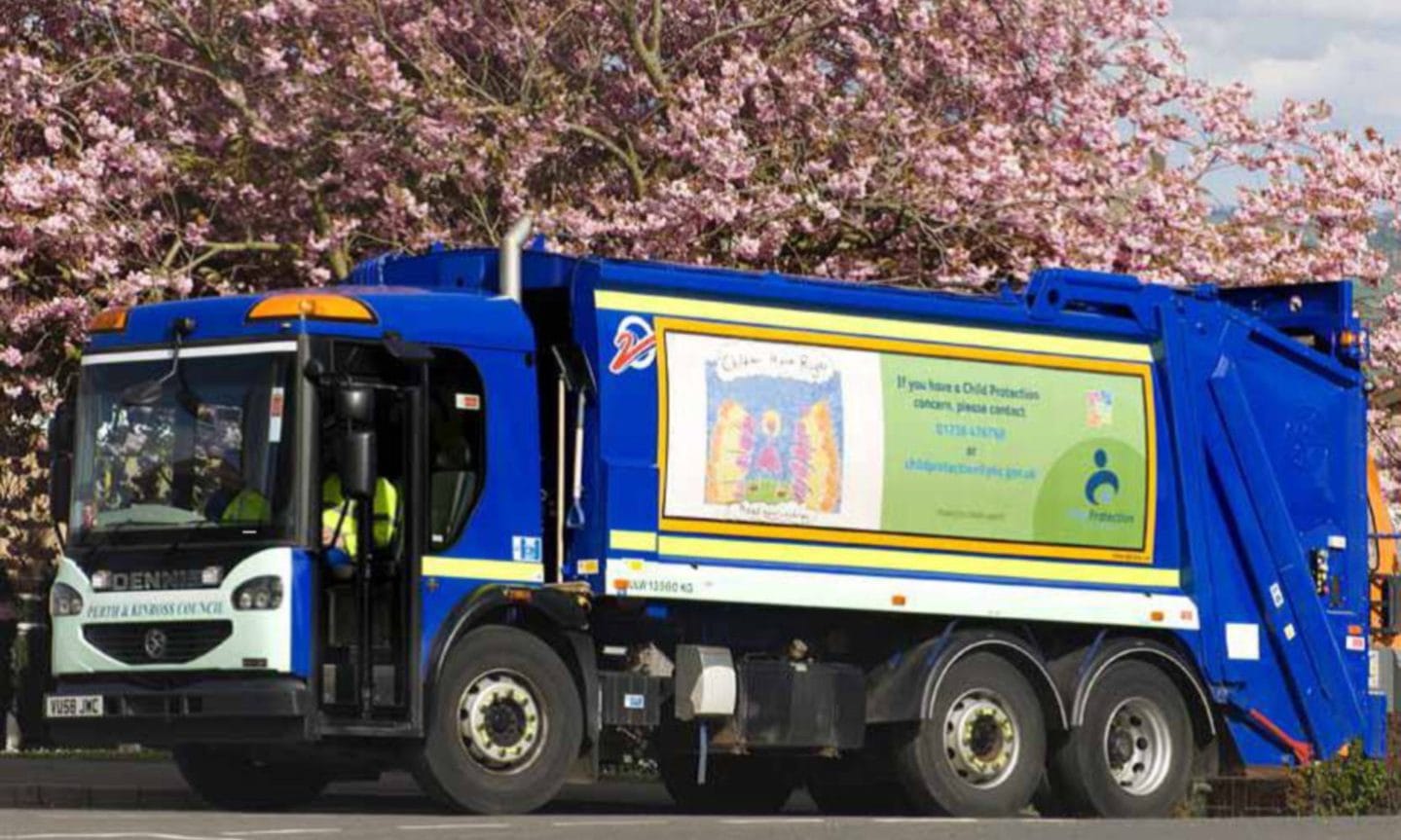From the quiet hum of an electric motor to the rumble of a diesel engine, bin lorries are an undeniable presence on our streets. Ever wondered about the complexities behind your weekly rubbish collection? This comprehensive guide delves into the world of bin lorries, exploring their diverse types, cutting-edge technology, and the evolving future of waste management. Discover how these unsung heroes of sanitation are more than just trucks—they’re a vital component of a cleaner, greener future.
Decoding the Different Types of Bin Lorries
Just as there’s a car for every need, there’s a bin lorry designed for specific waste collection tasks. Let’s explore the primary types you’re likely to encounter:
Rear Loaders: The Classic Workhorses
These are the most ubiquitous bin lorries, easily identifiable by the large mechanical arm at the rear. This arm grabs, lifts, and tips bins, emptying their contents into the truck’s internal container. Think of it as a powerful, automated handshake for your rubbish bin.
Side Loaders: Navigating Narrow Streets
Side loaders are particularly well-suited for areas with limited space. Their side-mounted mechanical arm efficiently scoops up bins, often the larger, commercial-sized ones, making them invaluable in densely populated areas or narrow streets where maneuvering is challenging.
Front Loaders: The Heavy-Duty Champions
For handling truly massive containers like dumpsters, front loaders are the go-to solution. A powerful lifting mechanism at the front hooks onto the dumpster, hoisting it over the cab to empty the waste into the truck’s container. These are commonly used for industrial or large-scale commercial waste collection.
Inside the Bin Lorry: From Lifting to Compacting
The magic of waste collection lies in the ingenious mechanics within the bin lorry. Here’s a look at how it all works:
Hydraulic Systems: The Power Behind the Lift
Sophisticated hydraulic systems, powered by pressurized fluid, operate the lifting arms and compactors. These systems provide the strength and precision necessary for efficiently handling various bin sizes and weights.
The Compaction Process: Maximizing Capacity
Once the bin is lifted and emptied into the hopper, a compactor goes to work. This powerful mechanism crushes the waste, reducing its volume and significantly increasing the amount of rubbish a single lorry can carry. This efficiency minimizes trips to the disposal site, saving time and fuel.
UK Bin Lorry Regulations: Ensuring Safety and Efficiency
A complex web of regulations governs bin lorry operations in the UK, prioritizing safety and minimizing disruption. Here are some key aspects:
Operating Hours: Balancing Efficiency and Quiet
Bin collections typically occur during daytime hours, often between 7 am and 7 pm. These restrictions aim to reduce noise pollution during residential hours, striking a balance between efficient waste collection and community well-being.
Noise Pollution: Striving for Quieter Operation
While some noise is unavoidable, strict noise limits are in place for bin lorries. Manufacturers continually seek ways to reduce operational noise through technological advancements, aiming for quieter and less disruptive collections.
Safety First: Stringent Regulations and Training
Numerous safety measures are implemented, including specialized driver training, rigorous vehicle maintenance checks, and precise operating procedures. These protocols ensure the safety of both the collection crews and the public.
The Electric Avenue: Powering a Greener Future
As environmental awareness grows, electric bin lorries are becoming increasingly common. Let’s examine the advantages and challenges associated with this greener technology:
Emission-Free Operation: A Breath of Fresh Air
Electric bin lorries produce zero tailpipe emissions, offering a significant advantage in improving air quality and mitigating climate change, particularly in urban environments.
Challenges and Ongoing Research: Paving the Way for Wider Adoption
Despite their environmental benefits, electric bin lorries currently face limitations, including a shorter range compared to diesel trucks and higher upfront purchase costs. Ongoing research is actively seeking solutions to these challenges, making electric lorries a more viable option for widespread adoption in the future.
Buying a Used Bin Lorry: What to Consider
If you’re in the market for a used bin lorry, navigating the options requires careful consideration. Here’s a breakdown of important factors:
Make, Model, and Features: Tailoring to Your Needs
Just like buying a used car, research different makes and models to understand their strengths and weaknesses. Evaluate specific features, such as lifting mechanisms, compaction systems, and bin capacity, to ensure they align with your waste collection requirements.
Price and Condition: Striking the Right Balance
Compare prices from different sellers and carefully assess the condition of the vehicle. A thorough inspection and maintenance records are crucial for avoiding costly repairs down the line.
Bin Lorry Careers: Keeping Our Communities Clean
Bin lorry drivers play a vital role in maintaining clean and healthy communities. Let’s explore the career path:
Essential Workers: Making a Tangible Difference
Driving a bin lorry is a rewarding career for those seeking an active role in public service. It offers the satisfaction of contributing directly to environmental hygiene and community well-being.
Training and Requirements: Getting Behind the Wheel
Becoming a qualified bin lorry driver requires specific training and certifications, including obtaining a commercial driver’s license (CDL) and undergoing specialized training in operating waste collection vehicles.
Environmental and Social Impact: A Balancing Act
Bin lorries have a multifaceted impact on the environment and the communities they serve.
Managing Waste and Protecting Public Health: Essential Services
Efficient waste collection is crucial for public health and sanitation, preventing the spread of disease and maintaining a clean environment. Bin lorries are essential for this process.
Noise and Traffic Flow: Minimizing Disruption
Bin lorry operations can generate noise and temporarily disrupt traffic flow. Local councils and waste management companies continually work to mitigate these impacts through route optimization, quieter vehicles, and community engagement.
The Future of Waste Collection: Innovation and Sustainability
The future of waste collection promises exciting advancements and a continued focus on sustainability.
Autonomous Vehicles and Smart Routing: Enhancing Efficiency
Ongoing research explores the potential of autonomous bin lorries, utilizing self-driving technology to optimize routes and improve collection efficiency. Smart routing systems can further enhance efficiency by analyzing real-time data to adjust collection schedules based on traffic conditions and waste levels.
Advanced Technologies: Driving Sustainability
Advancements in electric and alternative fuel technologies continue to drive the development of more sustainable waste collection solutions. From hydrogen-powered vehicles to innovative waste processing technologies, the future of bin lorries holds the promise of a greener and more efficient approach to waste management.
What is a bin lorry called in the UK?
The most common term is “bin lorry.” You’ll also hear “dustcart,” particularly amongst older generations or in rural areas. “Garbage truck” is understood but less frequently used. It’s similar to “soda” versus “pop”—different names for the same thing. There are also more specific terms like “skip lorry,” which transports large open-topped containers (skips) often used for construction or large household clear-outs. Discover more about acculturation with our in-depth acculturation AP Human Geography article.
What do British people call dump trucks?
In the UK, “dump truck” isn’t typically used. The standard term is “bin lorry” for vehicles collecting household waste. “Skip lorry” refers specifically to the trucks transporting large skips for bulkier waste. “Dustcart” may be heard, especially in informal settings or rural areas, suggesting a smaller or older vehicle. “Rubbish lorry,” though less precise, can refer to any waste-collecting lorry and can be particularly used in urban areas. “Refuse truck” is another possibility, though more formal, and might be used more in documentation.
How much is a brand new bin lorry?
The cost varies significantly. A basic used model might start around £65,000 (based on 2006 prices, current used pricing needs further investigation). A brand-new, high-tech electric bin lorry can exceed £1 million. Factors affecting price include:
| Factor | Influence on Cost | Example |
|---|---|---|
| Type | Significant | Side loaders are generally more costly than rear loaders. |
| Size/Capacity | Significant | Larger capacity typically means a higher price. |
| Fuel Type | Moderate to Significant | Electric lorries have higher upfront costs. |
| Features/Technology | Moderate | Automated lifting systems add to the cost. |
| Manufacturer/Brand | Moderate | Premium brands often command higher prices. |
| New vs. Used | Significant | Used lorries offer substantial cost savings, but condition and features vary. |
Upcycled electric options, like those from Lunaz, potentially offer savings compared to new electric models. The true cost extends beyond the purchase price, encompassing fuel, maintenance, and potential upgrades.
- Unlock Elemental 2 Secrets: Actionable Insights Now - April 2, 2025
- Lot’s Wife’s Name: Unveiling the Mystery of Sodom’s Fall - April 2, 2025
- Photocell Sensors: A Complete Guide for Selection and Implementation - April 2, 2025

















1 thought on “The Ultimate Guide to Bin Lorries: Types, Technology, and the Future of Waste Collection”
Comments are closed.